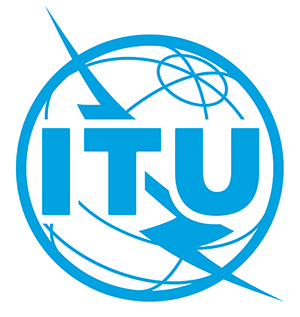
Mobile, broadband connectivity gaps persist in rural areas globally
GENEVA — Although virtually all urban areas in the world are covered by a mobile broadband network, gaps in connectivity and Internet access continue to persist in rural areas, according to a new report released today by the International Telecommunications Union (ITU).
The ITU’s Measuring Digital Development: Facts and figures 2020 report reveals connectivity gaps in rural areas are especially pronounced in least developed countries (LDCs), where 17% of the rural population live in areas with no mobile coverage, and 19% of the rural population is covered by only a 2G network.
In addition, according to 2019 data, about 72% of households in urban areas globally have access to the Internet at home, which is almost twice as much as in rural areas (38%), says the report.
“How much longer can we tolerate the significant gap in household connectivity between urban and rural areas,” said ITU secretary-general Houlin Zhao, in a press release. “In the age of Covid-19, where so many are working and studying from home, this edition of Measuring Digital Development: Facts and figures sends the clear message that accelerating infrastructure roll-out is one of the most urgent and defining issues of our time.”
For the first time, this edition of the Measuring Digital Development: Facts and figures report includes estimates of the connectivity status of small island developing states (SIDS) and landlocked developing countries (LLDCs). The ITU’s research reveals about a quarter of the population in LDCs and LLDCs, and about 15% of the population in SIDS, do not have access to a mobile broadband network, “thus falling short of the Sustainable Development Goals Target 9.c to significantly increase access to information and communications technology and strive to provide universal and affordable access to the Internet in least developed countries by 2020,” reads the press release.
The latest ITU data indicates the global roll-out of mobile broadband networks has been slowing in 2020. According to the ITU, between 2015 and 2020, 4G network coverage doubled globally and almost 85% of the global population will be covered by a 4G network at the end of 2020. However, annual growth has been slowing down gradually since 2017, says the ITU, and 2020 coverage is only 1.3 percentage points higher than 2019.
“In addition to infrastructure roll-out, the digital gender divide, lack of digital skills and affordability continue to be major barriers to meaningful participation in a digital society, especially in the developing world where mobile telephony and Internet access remain too expensive for many,” reads the press release.
To access a copy of the report, please click here.



